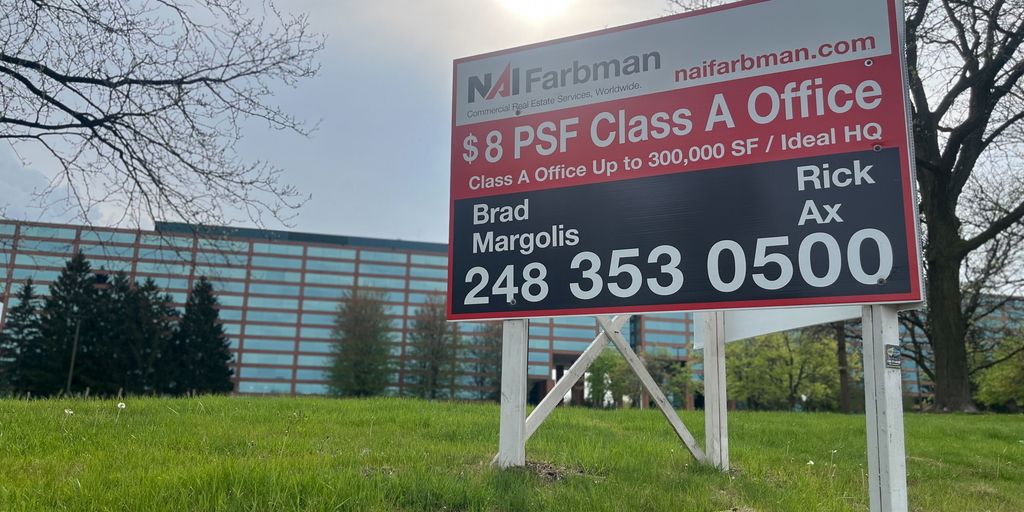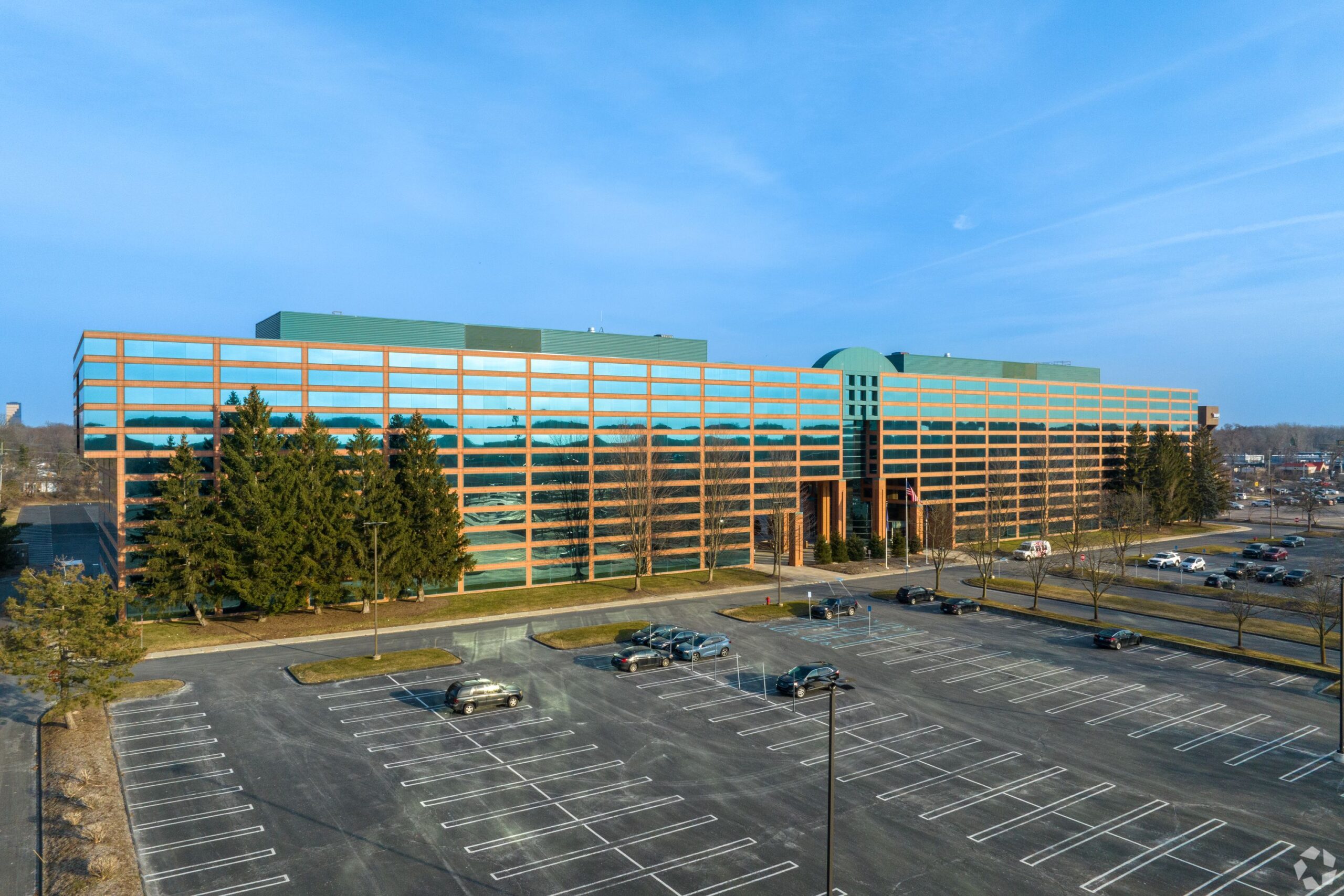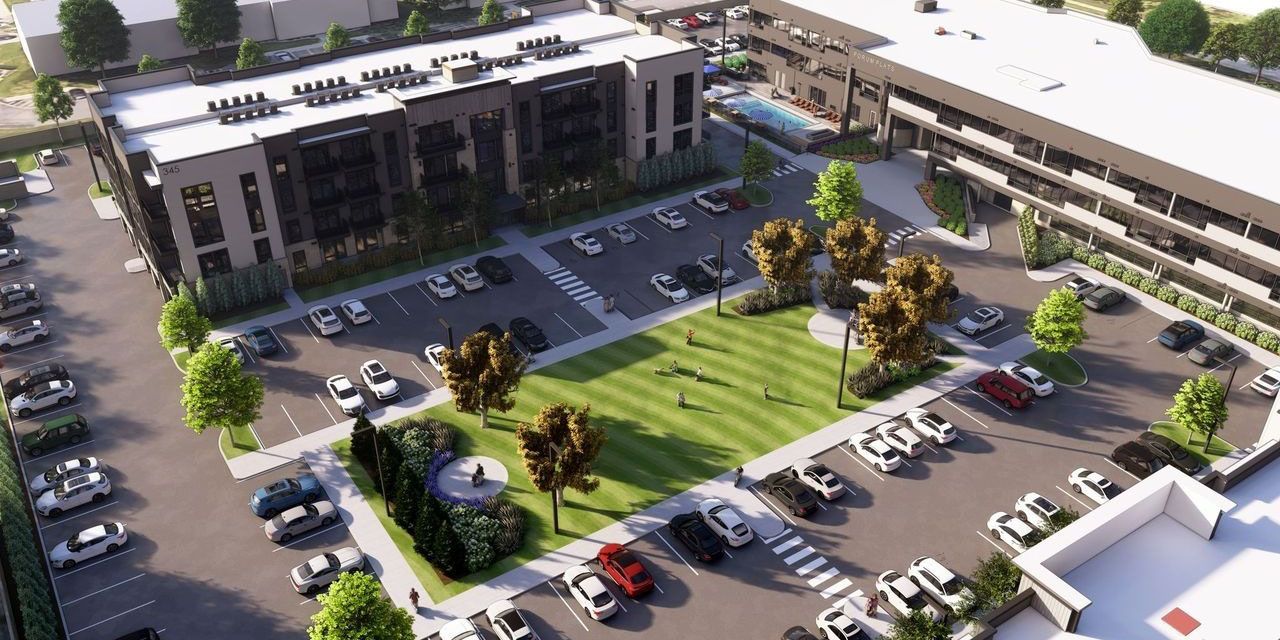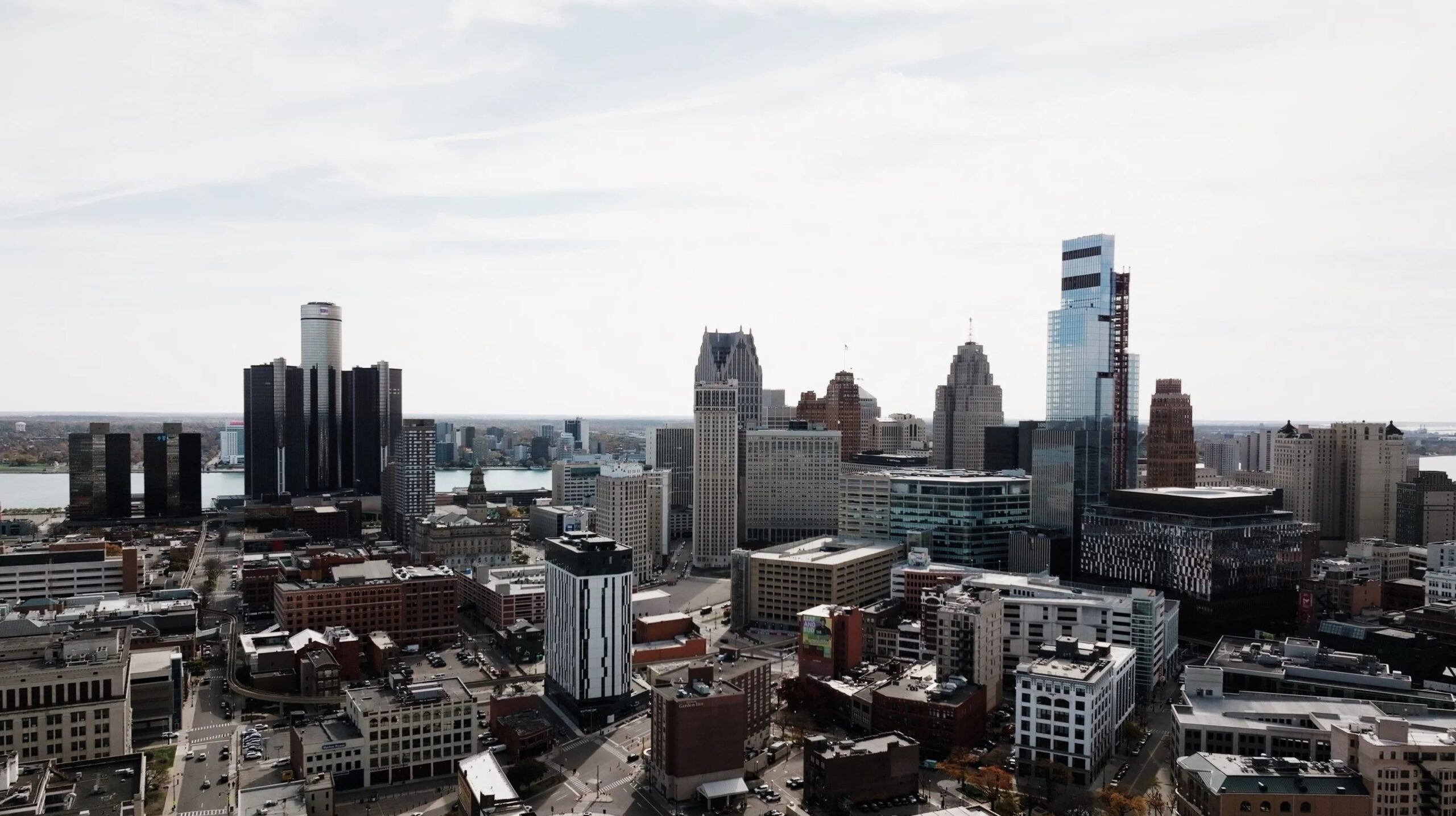It’s not all doom and gloom for metro Detroit office, however, experts said.
Landlords and companies that have invested in modernizing their spaces in the last three years have been outpacing offices that have not been improved in the last six-plus years, according to a new survey from Gensler, which has a large Detroit office in the Capitol Park neighborhood. Employees in those offices give their spaces higher ratings on things like lighting, air quality, temperature control and cleanliness, making them more desirable workspaces — and better able to attract workers back.
That’s translating into a greater desire to spend more time in the office, said LIly Diego, design director in Gensler’s Detroit office. That’s beneficial to landlords as well as the companies they lease space to.
“Organizations are actively trying to look at providing a built space that allows that magnet (back to the office) to happen,” Diego said. “That way people come to the office because they have everything they need there. When you invest in the office space to provide for that, then it becomes an attraction.”
In addition, Watchowski said his company’s buildings in metro Detroit have performed well with high occupancies and that the first quarter was “one of our most robust leasing cycles as workers returned to the office.”
That’s not the case for everyone, he said.
“I believe we’ll witness another shift as some landlords struggle to maintain or retain their buildings,” Watchowski said. “Office users will move to quality spaces and avoid … ‘zombie buildings.’”
The recent demolition of the former Kmart Corp. headquarters in Troy removed a 1.1 million-square-foot block of long-empty space, giving the Forbes and Frankel families an opportunity to redevelop the 40-acre site with a proposed University of Michigan medical facility and other uses — if the deal can get beyond the Troy Planning Commission.
In addition, a proposed redevelopment of the Renaissance Center by General Motors Co., which owns the primary five-building complex, and Dan Gilbert’s Bedrock LLC real estate company includes tearing down two of the 39-story office towers closest to the Detroit River. That constitutes another 1 million-plus square feet of highly underutilized office space that would be scraped from the market — if a deal can get done.
Some pointed to major office deals in downtown Birmingham and downtown Detroit for decked-out space in new mixed-use buildings as signs of life in the market — and key indicators of where it may be trending.
JPMorgan Chase & Co. is becoming the anchor tenant in a new downtown Birmingham mixed-use building — structural steel is rising on the site — next to the under-construction RH flagship store and on the other side of Brown Street from the former Daxton Hotel (now the Daxton Hotel Birmingham, Curio Collection by Hilton). Dykema Gossett LP, the Detroit-based law firm, is moving its Bloomfield Hills office to downtown Birmingham in a new building under construction on the site of the former Mountain King Chinese restaurant and a Talmer Bank branch. An elevator core has started rising on the South Old Woodward site.
In downtown Detroit, General Motors is vacating its longtime Renaissance Center headquarters and moving into Dan Gilbert’s new Hudson’s Detroit development on Woodward Avenue. Sources have said the Hudson’s office space — where GM’s footprint is going to be at least 200,000 square feet or so — is asking $60 per square foot, more than double the current going rate for existing space in the downtown core.
“Obviously, that’s a small percentage of the overall market, but there are companies paying historically unheard of rental rates for office space in metro Detroit at a time when the general market is struggling,” Weiner said. “There is an ember burning there. We have to find a way to foster those flames, and the best path will be by dramatically restricting the market.”




